Armed with only wetsuits, scuba gear and syringes, an underwater army of newly-trained divers is taking on one of the more significant threats to the Great Barrier Reef – the Crown of Thorns Seastar (CoTS) – one shot at a time.
This World Oceans Day, a group of Cairns-based divers are on an important mission; to help preserve the world’s largest coral reef ecosystem from a predator that until recently seemed indestructible.
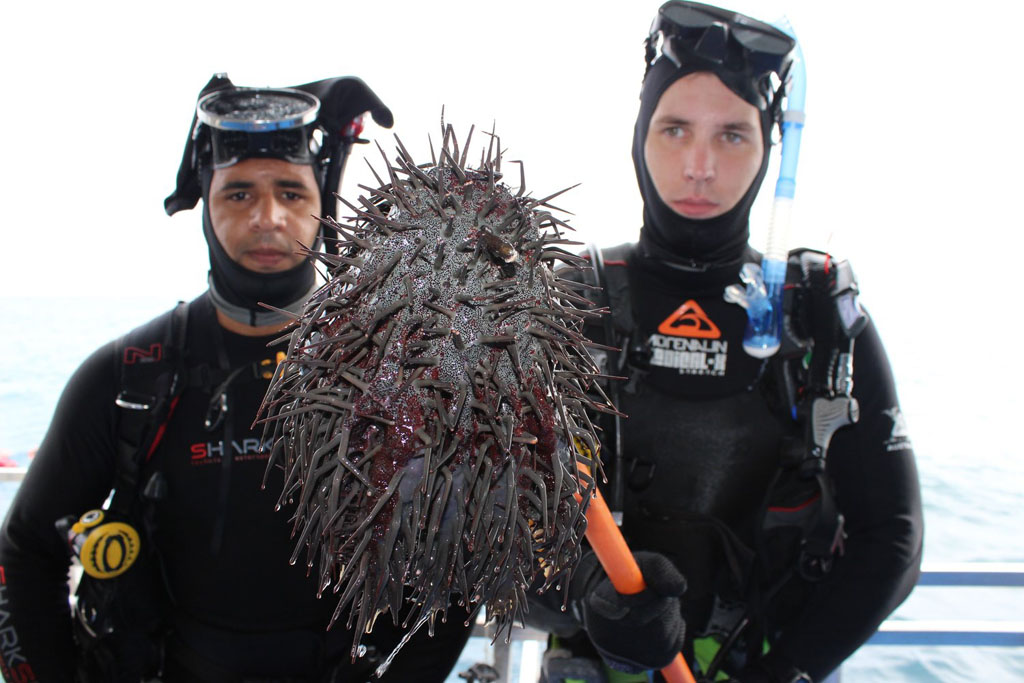
In healthy numbers Crown of Thorns Seastars form an essential part of the reef’s ecosystem, consuming fast growing corals so that slower growing corals have a chance to develop. However, one CoTS can reproduce in the tens of millions and, if left unchecked, has the potential to devour large coral outcrops thus destroying vital reef fish habitat.
One of the team members securing the containment lines around the reef is Mat Trueman, a dive supervisor for the Association of Marine Park Tourism Operators (AMPTO), the organisation that manages the Crown of Thorns Control Program in Queensland. Mat leads teams of up to 12 men and women on 10-day containment voyages off the coast of Cairns and Port Douglas in Tropical North Queensland.
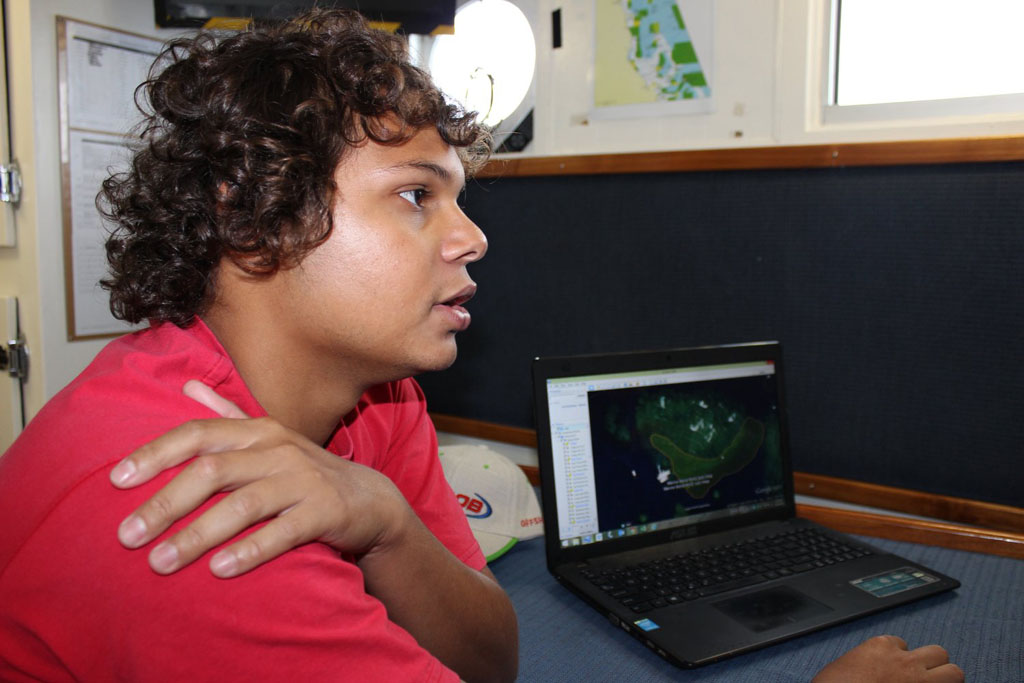
“I like to do my part to make sure we’re getting rid of the Crown of Thorns (Starfish) on the reef so that it helps preserve it for future generations,’ said Mat.
The project is being spearheaded by Col McKenzie, Executive Director of AMPTO, and thanks to a new culling technique, which sees the starfish injected with bile salts from cattle, Col and the team are reclaiming reef territory faster than ever before.
One quick and simple injection euthanizes a starfish, without harming the reef, a far cry from the previous method in which divers had to inject the reef pests up to 30 times.
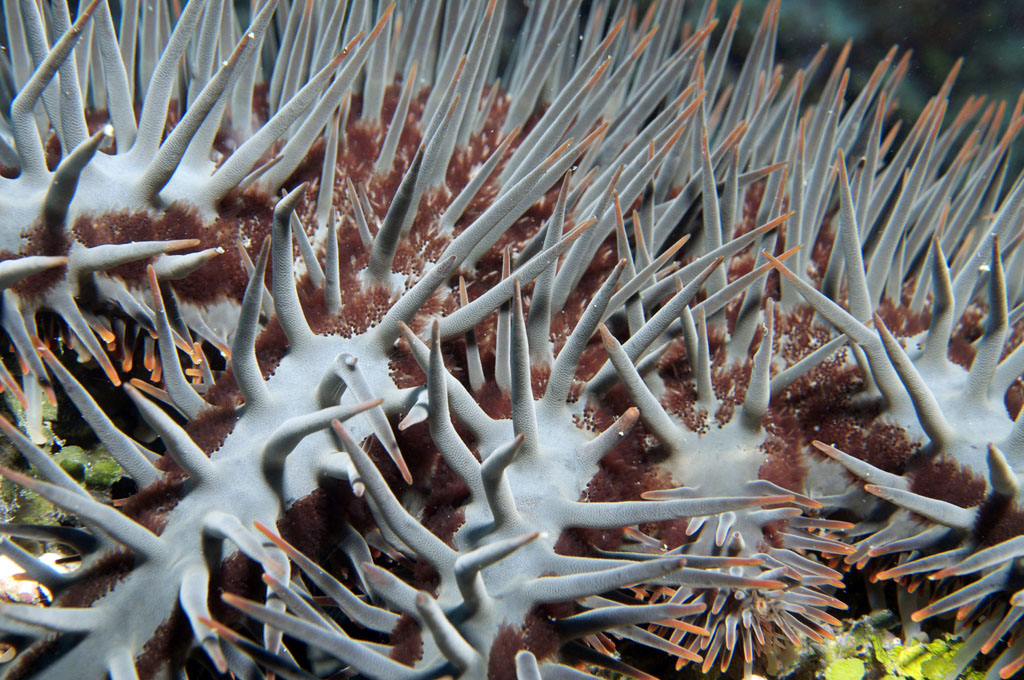
“Using the old technology and sodium bi-sulfate, it used to take around about six minutes to deal with a (single) Crown of Thorns Starfish,” explained Col. “These days with a single-shot injection, we are able to deal with one every four or five seconds.
“We would be pretty happy in the past if we could take 500 Crown of Thorns in a day using the old method. (With) the new method, the best we’ve done is 7000,” said Col. Since 2012, teams from AMPTO have destroyed more than 400,000 of the starfish.
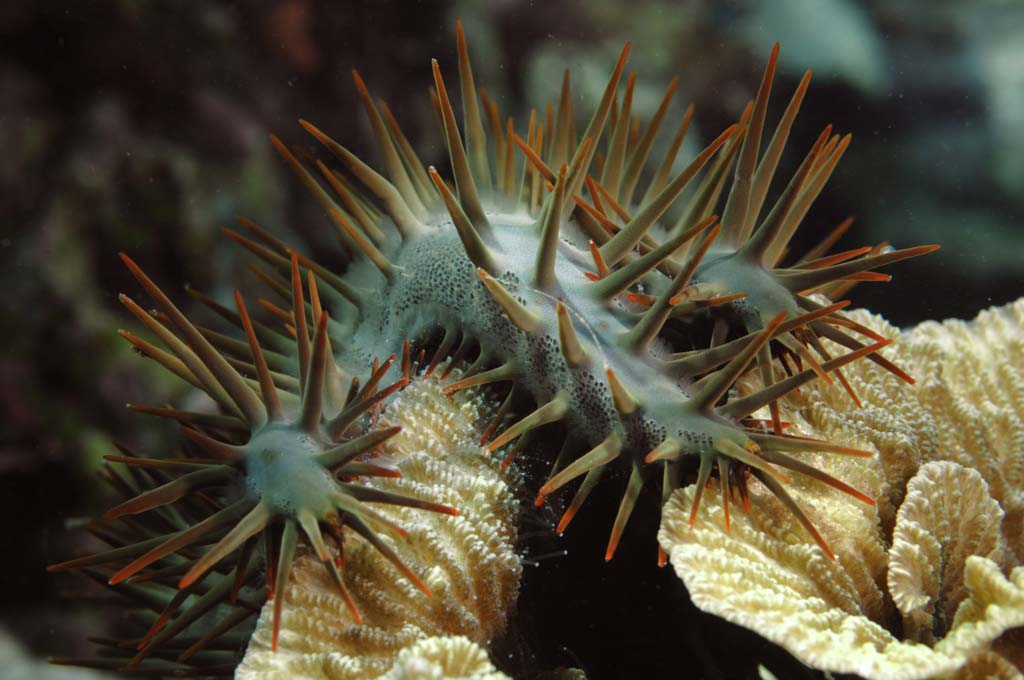
The program is also providing valuable training and employment for young men and women in the local area.
“We’re actually running two programs here,” said Col McKenzie. “One is the Crown of Thorns Control Program and the other is called Skilling Queenslanders for Work Program.
“That second program takes unemployed youth and we teach them to be occupational divers using the Crown of Thorns as the catalyst. So we’re getting an employment benefit as well as an ecological benefit.”
“What we’re doing with our program is achieving good environmental outcomes for the reef and changing lives.”
It takes the young divers six months to gain their dive master status and so far 145 trainees have graduated from the CoTS program and now have dive qualifications, with an 85% employment rate.
Dive supervisor Mat Trueman is a star graduate of the program.
“I was in the original unemployed youth program,” he said. “After I completed my training I came back a couple of years later and now I’m dive supervisor on the vessel.”
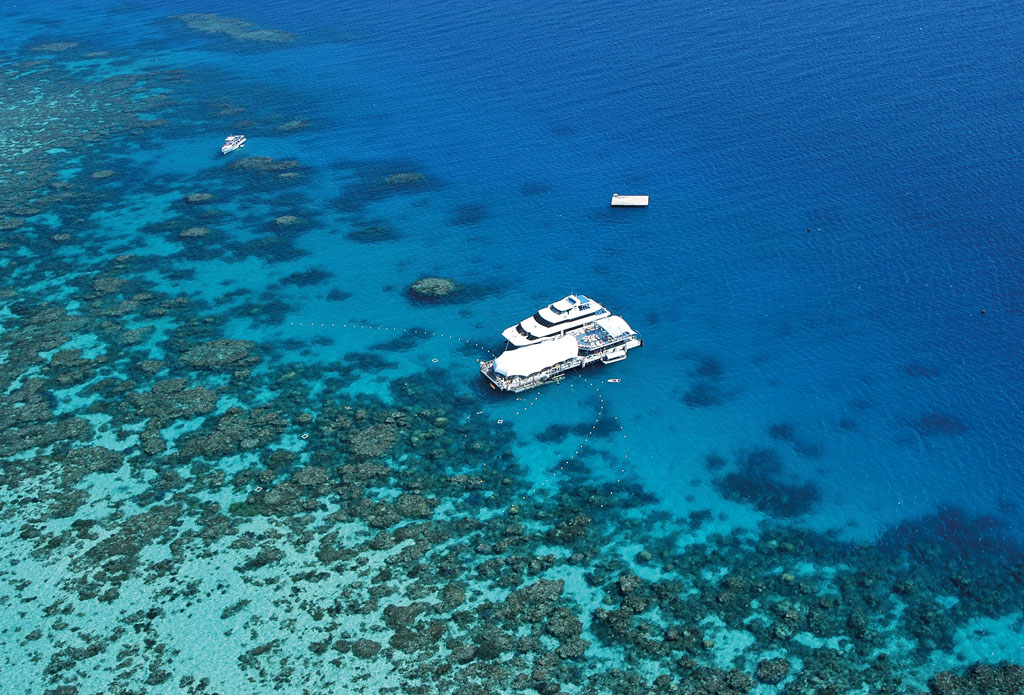
Meanwhile Col McKenzie adds that it’s “not all doom and gloom on the reef as the media sometimes suggests.”
“The Great Barrier Reef is spectacular and one of the few Coral Reef Systems where you can see whales, coral fish, turtles and big sharks on a daily basis and it’s a great place to go and have a look at.”
You may also be interested in reading:
- The fight against the crown of thorns seastar
- Reef Aid – real hope for the Reef
- Great Barrier Beer – how drinking beer can help save the Reef
- The coral bleaching wake-up call



